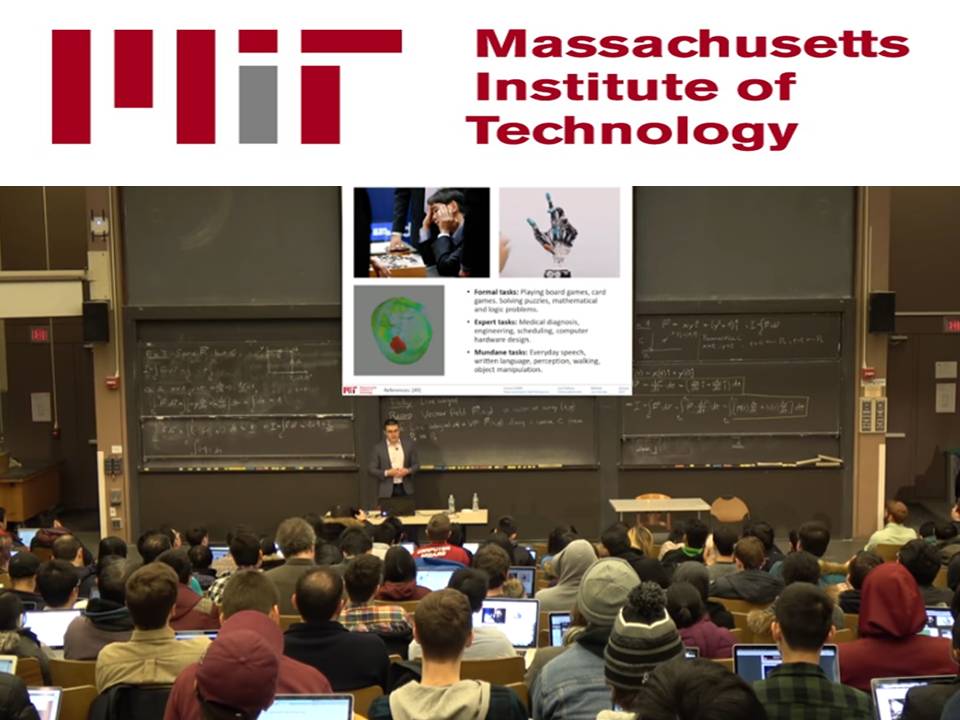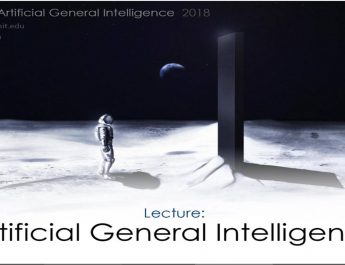It doesn’t matter if you are beginner or new to machine learning or advanced researcher in the field of deep learning methods and their application, everybody can benefit of Lex Fridman’s course on Deep Learning for Self-Driving Cars.
If you are interested in this course, you can go to http://selfdrivingcars.mit.edu/ and Register an account on the site to stay up-to-date. The material for the course is free and open to the public.
In order to reach more people who are interested in Deep learning, machine learning and artificial intelligence, I would like to share this course material on my website.
This lecture introduces computer vision, convolutional neural networks, and end-to-end learning of the driving task.
Convolutional Neural Networks for End-to-End Learning of the Driving Task
You can reach slides here..


Convolutional Neural Networks: Layers
INPUT [32x32x3] will hold the raw pixel values of the image, in this case an image of width 32, height 32, and with three color channels R,G,B.
CONV layer will compute the output of neurons that are connected to local regions in the input, each computing a dot product between their weights and a small region they are connected to in the input volume. This may result in volume such as [32x32x12] if we decided to use 12 filters.
RELU layer will apply an elementwise activation function, such as the max(0,x) thresholding at zero. This leaves the size of the volume unchanged ([32x32x12]).
POOL layer will perform a downsampling operation along the spatial dimensions (width, height), resulting in volume such as [16x16x12].
FC (i.e. fully-connected) layer will compute the class scores, resulting in volume of size [1x1x10], where each of the 10 numbers correspond to a class score, such as among the 10 categories of CIFAR-10. As with ordinary Neural Networks and as the name implies, each neuron in this layer will be connected to all the numbers in the previous volume.
Driving: The Numbers (in United States, in 2014)
Miles
All drivers: 10,658 miles (29.2 miles per day)
Rural drivers: 12,264 miles
Urban drivers: 9,709 miles
Fatalities
Fatal crashes: 29,989
All fatalities: 32,675
Car occupants: 12,507
SUV occupants: 8,320
Pedestrians: 4,884
Motorcycle: 4,295
Bicyclists: 720
Large trucks: 587

DISTRACTED HUMANS
What is distracted driving?
*Texting
*Using a smartphone
*Eating and drinking
*Talking to passengers
*Grooming
*Reading, including maps
*Using a navigation system
*Watching a video
*Adjusting a radio
Injuries and fatalities: 3,179 people were killed and 431,000 were injured in motor vehicle crashes involving distracted drivers (in 2014)
Texts: 169.3 billion text messages were sent in the US every month. (as of December 2014)
Eye off road: 5 seconds is the average time your eyes are off the road while texting. When traveling at 55mph, that’s enough time to cover the length of a football field blindfolded.
4 D’s of Being Human: Drunk, Drugged, Distracted, Drowsy
Drunk Driving: In 2014, 31 percent of traffic fatalities involved a drunk driver.
Drugged Driving: 23% of night-time drivers tested positive for illegal, prescription or over-the-counter medications.
Distracted Driving: In 2014, 3,179 people (10 percent of overall traffic fatalities) were killed in crashes involving distracted drivers.
Drowsy Driving: In 2014, nearly three percent of all traffic fatalities involved a drowsy driver, and at least 846 people were killed in crashes involving a drowsy driver.

Lex Fridman is a Postdoctoral Associate at the MIT AgeLab. He received his BS, MS, and PhD from Drexel University where he worked on applications of machine learning and numerical optimization techniques in a number of fields including robotics, ad hoc wireless networks, active authentication, and activity recognition. Before joining MIT, Dr. Fridman worked as a visiting researcher at Google. His research interests include machine learning, decision fusion, developing and applying deep neural networks in the context of driver state sensing, scene perception, and shared control of semi-autonomous vehicles and numerical optimization.



